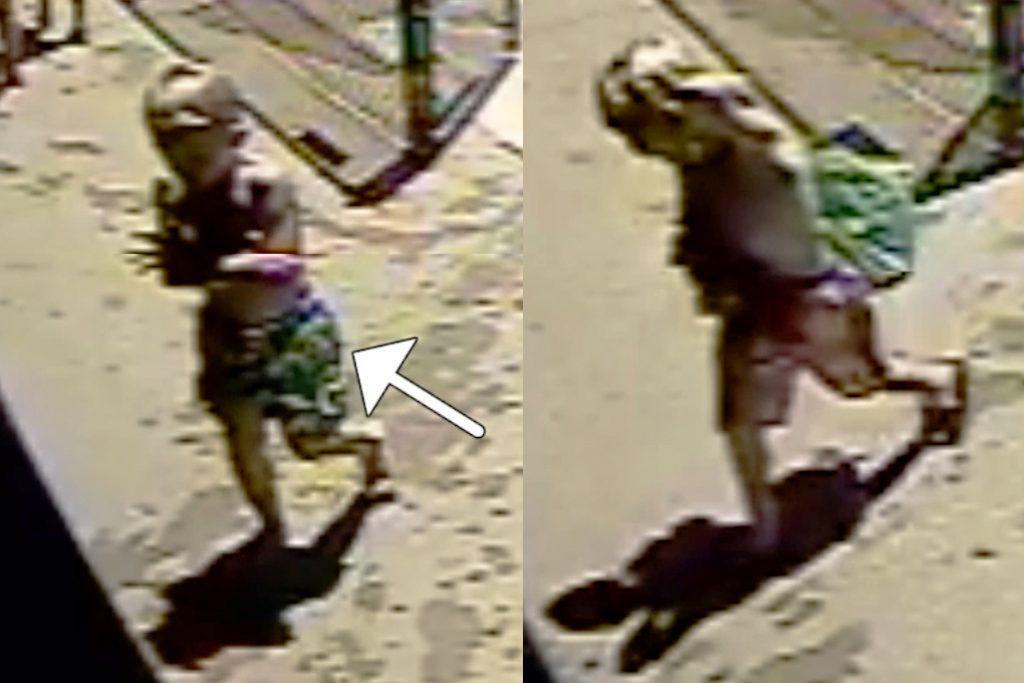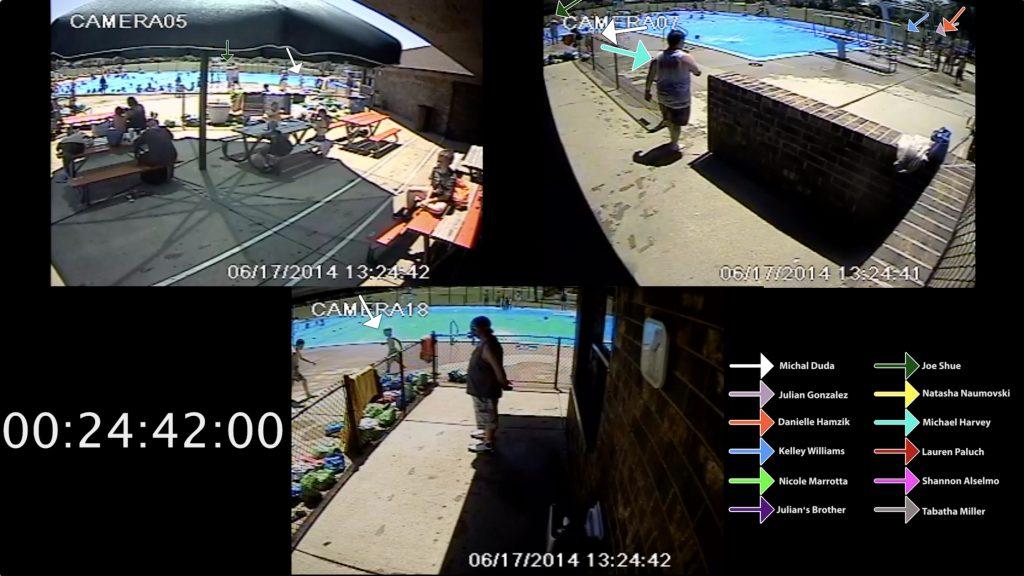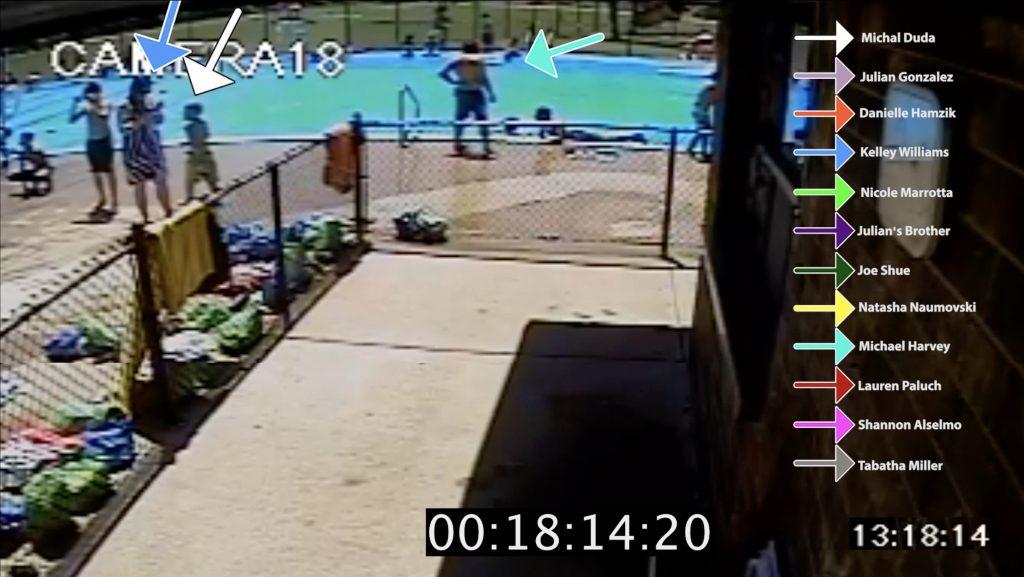The largest ever verdict involving a child drowning in Illinois
When 6-year-old Michal Duda went into a Chicago area public pool on June 17, 2014 with his summer camp, he should have been enjoying a carefree summer day. That didn’t happen. Despite the presence of camp counselors and lifeguards, he was pulled from the pool unresponsive. He would later die.
Plaintiff’s attorneys in the civil case against the Justice Park District and Bridgeview District set out to investigate negligence. How did the people entrusted to watch over Michal fail to do their jobs? Three cameras focused on the pool area provided video evidence, and after attorneys studied the surveillance video, interviewed witnesses, and held many depositions, one major issue remained confusing — when did Michal Duda enter the water? They called NCAVF to help make sense of it.
The NCAVF team was told to focus attention on a single frame of Michal as identified by his parents. As that boy’s movements were tracked around the pool, one thing became clear – the parents had identified the wrong child. The boy was seen packing up and safely leaving the pool area, backpack in hand.


NCAVF founder David Notowitz says given the circumstances the misidentification was understandable. Michal’s parents were distraught, and the other boy had a similar hair and skin tone, similar haircut, and similar height and body shape to Michal. He even wore similar yellow shorts. But that misidentification would have proven problematic in court because the case would depend on following Michal and showing where and when he was being improperly supervised.
NCAVF’s experts were able to identify Michal. They did this by uncovering unique traits of Michal at the moment he was wheeled out by paramedics. NCAVF then tracked backwards through the 43 minutes of surveillance video and identified which of the many children at the crowded pool was really Michal. The videos pieced together a tragic sequence of events. Michal, who had failed a camp swim test a week prior and should have been wearing water wings, was seen initially reticent to enter the pool. Later, he found confidence and jumped into the shallow end without the wings, but he was too short to stand with his head above water.


Once Michal was properly identified, NCAVF was also tasked with providing answers to another key question – where were the counselors and lifeguards during all of this?
NCAVF tracked the locations of counselors and lifeguards on all three surveillance angles facing the pool through the 43 minutes prior to the drowning. Each individual was marked with a different color arrow. Then the 3 angles were synched in time and nested together.
“It was tragic to see that counselors who were supposed to be supervising these young kids were not watching the shallow end of the pool. The video revealed staff was hanging out together and talking and sunbathing in the deep end — strong evidence no one was paying attention,” Notowitz said. “We have videos of counselors checking their phones and horsing around and flirting. It was a horrible situation that led to this boy dying without anyone even noticing. He ran in and no one even noticed.”
The plaintiff’s attorneys Bradley M. Cosgrove and Charles R. Haskins with the Clifford Law Offices, P.C. praised David’s work. “Never have we worked with an expert so invested in his work and dedicated to his craft…. His thoughtful explanation to the jury solidified our case in ways we never imagined possible.”
After a month long trial, jurors deliberated for an hour and 20 minutes and awarded Duda’s family $21.5 million. It’s believed to be the largest ever verdict involving the drowning death of a child in Illinois.